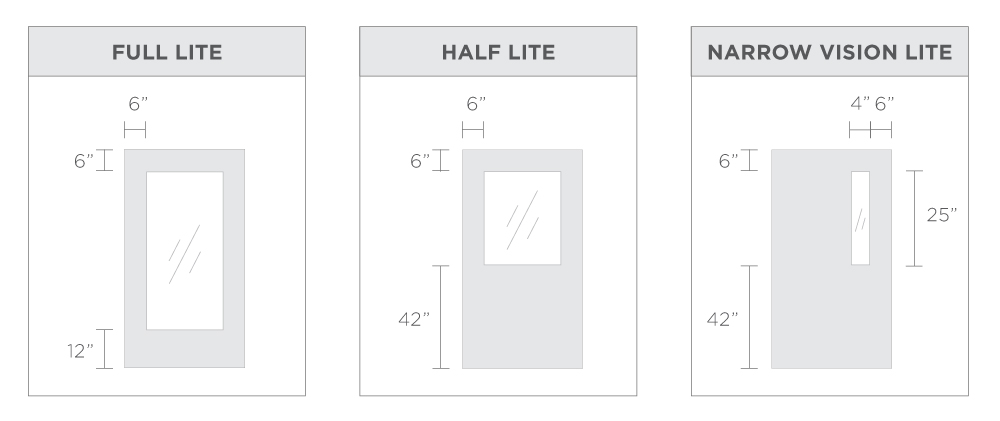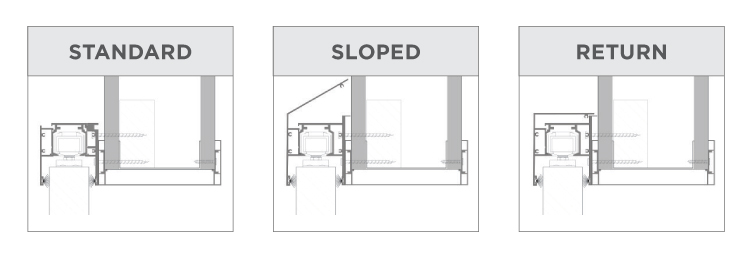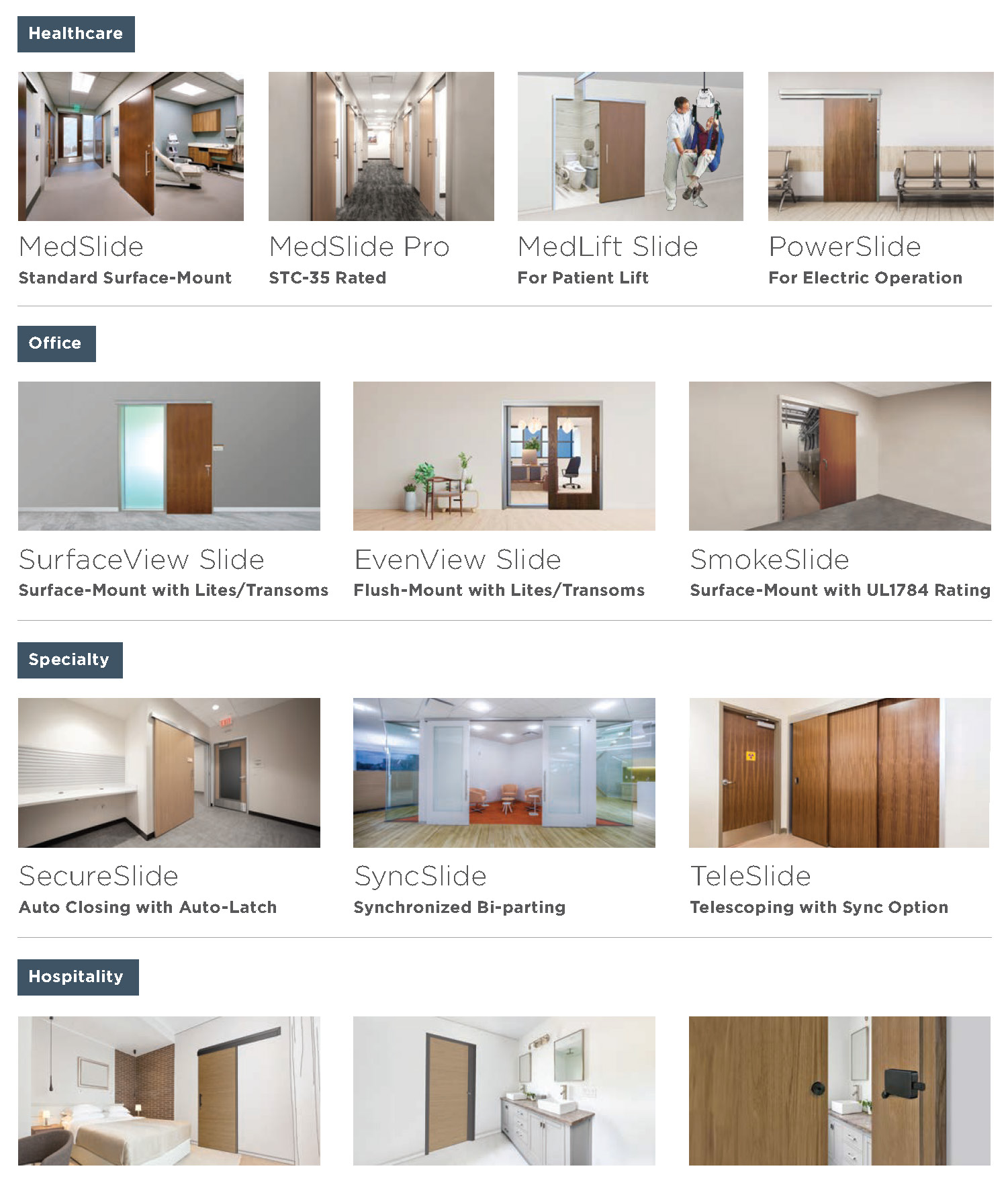Understanding the Importance of Medical Sliding Doors in Modern Healthcare Facilities
In the ever-evolving landscape of modern healthcare facilities, the role of "medical sliding doors" has become increasingly significant. These specialized doors are not just functional elements; they embody the intersection of efficiency, safety, and accessibility in medical environments. As healthcare professionals strive to create spaces that promote swift movement and a sterile atmosphere, understanding the importance of medical sliding doors becomes essential. From facilitating seamless patient access to enhancing operational workflows, these doors also play a crucial role in maintaining hygiene and controlling infection risks. As we delve into the various facets of medical sliding doors, we will explore their design, innovative features, and the compelling reasons why they are indispensable in contemporary healthcare architecture.
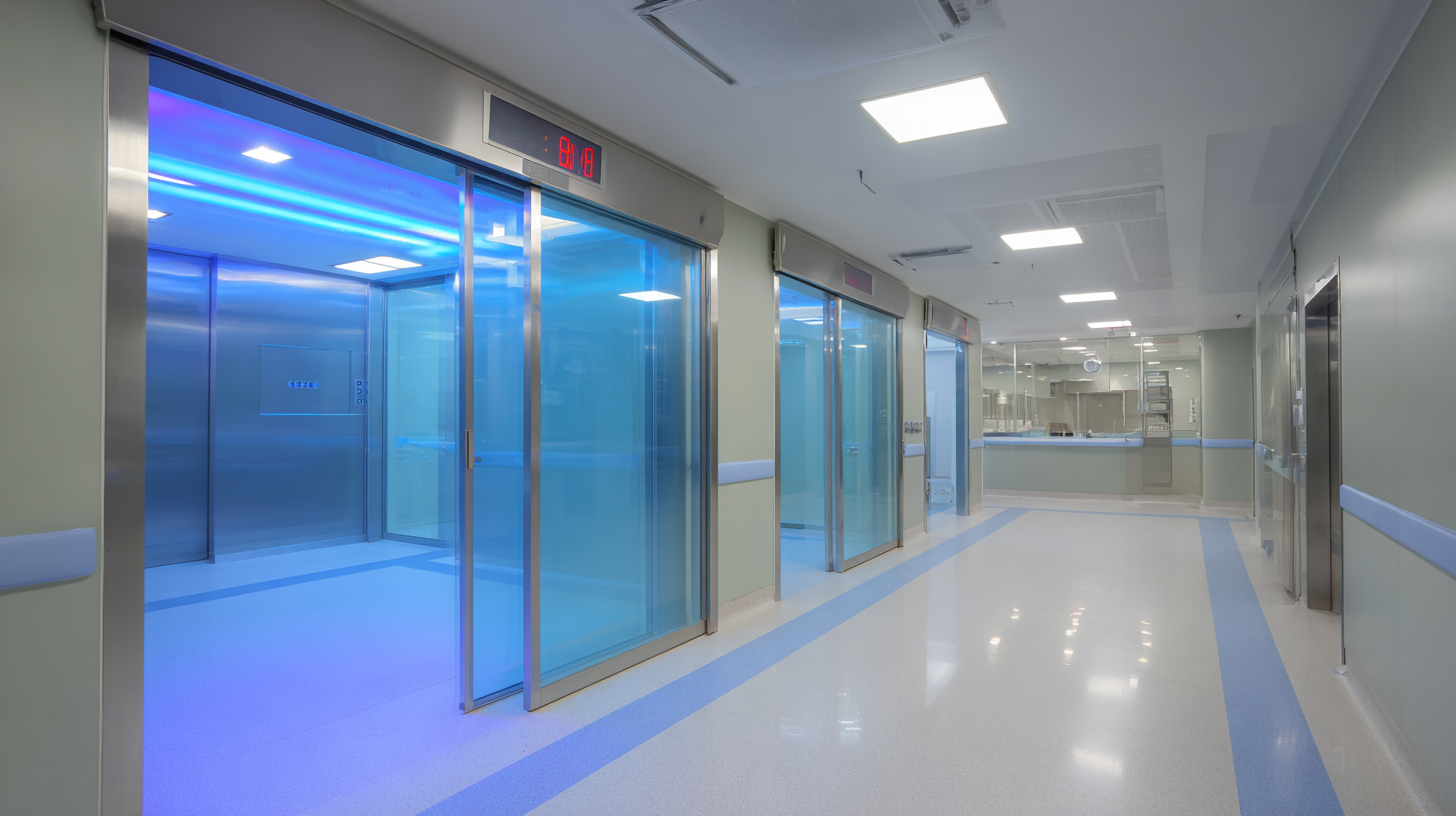
The Role of Sliding Doors in Enhancing Patient Flow in Healthcare Settings
Sliding doors have become an essential feature in modern healthcare settings, playing a critical role in enhancing patient flow. These doors facilitate the swift movement of patients, caregivers, and medical equipment, significantly reducing wait times and optimizing the overall efficiency of healthcare facilities.
With their automatic operation, sliding doors ensure a seamless transition between spaces, allowing for hands-free access that is particularly beneficial in environments where hygiene and speed are paramount.
In addition to improving logistical operations, sliding doors also contribute to a calming environment for patients. The smooth, unobtrusive motion of these doors minimizes noise and disruptions, creating a more tranquil atmosphere that can ease anxiety during medical visits.
Furthermore, the enhanced visibility they provide allows healthcare professionals to monitor patient movements effectively, leading to improved coordination in care delivery.
Overall, the integration of sliding doors into healthcare design is a strategic decision that enhances patient experience while streamlining operational workflows.
Key Features to Consider When Choosing Medical Sliding Doors
When selecting medical sliding doors for healthcare facilities, several key features should be prioritized to enhance both functionality and safety. First and foremost, the door's automation is crucial; automated systems reduce the need for physical contact, minimizing the risk of contamination and improving accessibility for patients with disabilities or those using mobility aids. Features such as motion sensors and remote controls can significantly enhance patient flow, particularly in high-traffic areas like emergency rooms and surgical suites.
Another important consideration is the material used for the sliding doors. They should be constructed from antimicrobial materials that can withstand rigorous cleaning protocols, ensuring a sterile environment. Additionally, the durability of the doors is vital; they must be able to withstand the constant use and potential impact from equipment and personnel. Safety features, such as shatterproof glass and emergency stop mechanisms, are also essential to protect both patients and staff. By focusing on these critical aspects, healthcare facilities can effectively choose sliding doors that contribute to a safe, efficient, and hygienic environment.

Safety and Accessibility: Compliance Standards for Medical Sliding Doors
Medical sliding doors play a crucial role in enhancing safety and accessibility within modern healthcare facilities. These specialized doors are designed to comply with stringent safety standards, ensuring that they meet the needs of both patients and medical staff. Compliance with regulations such as the Americans with Disabilities Act (ADA) is essential, as these standards dictate the dimensions, features, and functionalities that promote easy access for individuals with mobility challenges.
In addition to accessibility, medical sliding doors are engineered to provide a safe environment. They are equipped with various safety features, such as sensors that detect movement, ensuring that they open and close without posing a risk to patients, caregivers, or visitors. This is particularly significant in emergency situations where timely access is critical. The seamless operation of these doors reduces the risk of accidents and enhances the overall efficiency of healthcare delivery, making them a vital component in the design of contemporary medical facilities.
Importance of Medical Sliding Doors in Healthcare Facilities
Benefits of Automated Sliding Doors in Modern Healthcare Facilities
In modern healthcare facilities, the implementation of automated sliding doors is becoming increasingly essential. These doors streamline operations, enhance patient flow, and contribute to overall safety and hygiene within medical environments. They facilitate seamless access for both staff and patients, particularly in high-traffic areas like emergency rooms and surgical units, where mobility is critical. The integration of such technology not only improves patient experience but also allows medical professionals to navigate quickly between essential tasks.
According to recent market insights, the global market for automated doors is projected to grow from $4.7 billion in 2024 to an impressive $5.51 billion by 2033, with a compound annual growth rate (CAGR) of 1.8%. This growth reflects the increasing recognition of the benefits that automated systems provide in healthcare settings. Furthermore, sliding doors are designed to be both energy-efficient and space-saving, crucial factors in the design of contemporary medical facilities. These doors also minimize contact with surfaces, thereby reducing the risk of cross-contamination, which is vital in maintaining health standards in hospitals and clinics. As the healthcare sector continues to evolve, the role of automated sliding doors will become even more significant in promoting safety, efficiency, and comfort.
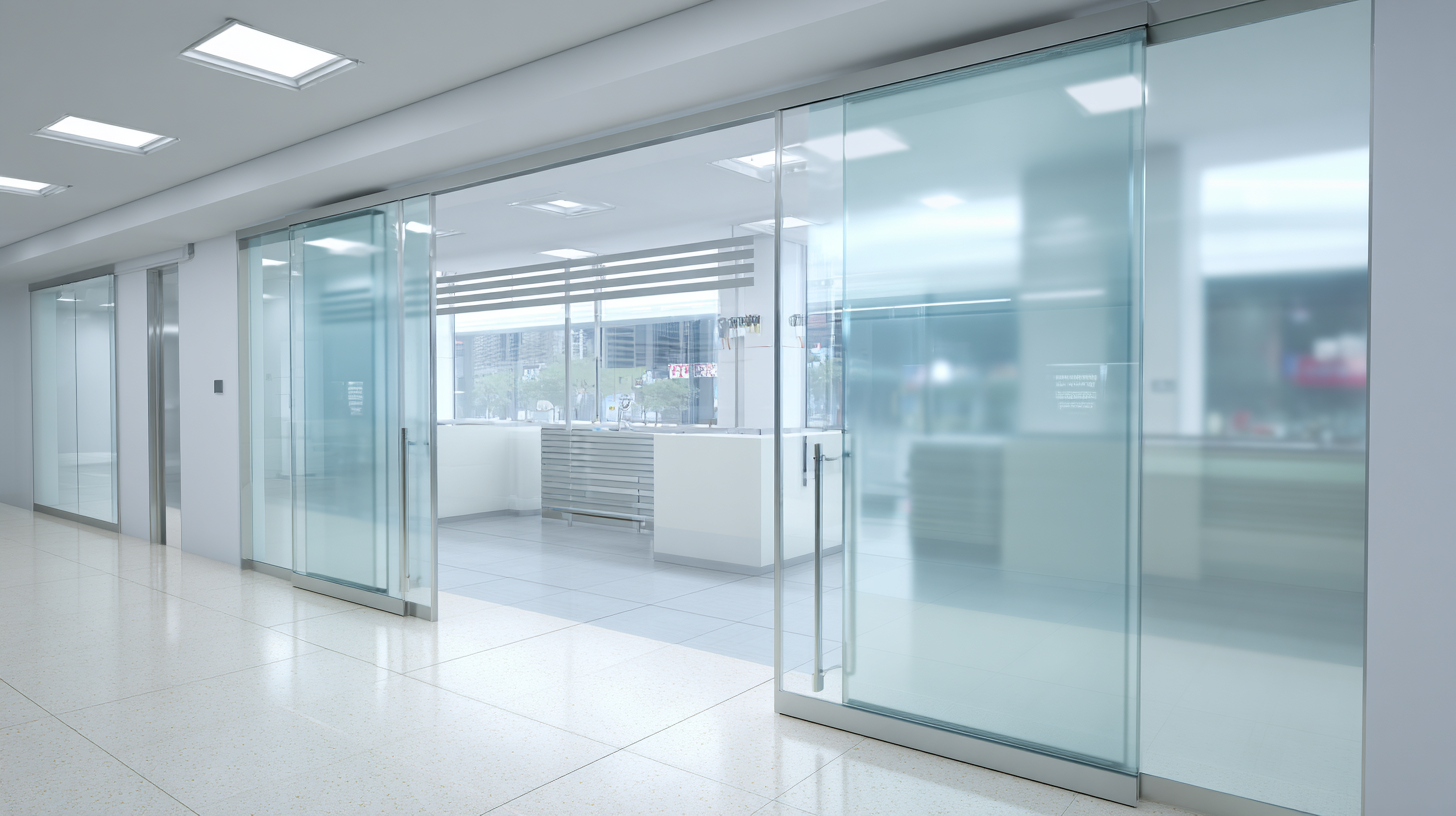
Maintenance Tips for Ensuring Longevity of Medical Sliding Doors
Maintaining medical sliding doors is essential for ensuring their longevity and efficient operation in healthcare facilities. Regular maintenance not only enhances the functionality of these doors but also ensures the safety and comfort of patients and staff. It is crucial to conduct frequent inspections, checking for any signs of wear and tear, such as misalignment, squeaking sounds, or difficulty in opening and closing. Keeping the tracks clean and free from debris is essential, as this prevents obstruction that could hinder the door's movement.
Additionally, lubricating the door mechanisms is critical for smooth operation. Using appropriate lubricants helps minimize friction and wear, extending the lifecycle of the sliding doors. Ensuring that electrical components are functioning correctly is equally important; any malfunction can lead to delays in patient flow and hinder access during emergencies. Establishing a scheduled maintenance plan with trained technicians can further safeguard against unforeseen breakdowns, ensuring that medical sliding doors remain a reliable feature in modern healthcare settings.
Related Posts
-

How to Identify the Best Manufacturers for Smokeproof Sliding Doors
-

Discovering High Quality Suppliers for Medical Sliding Doors in a Global Market
-

10 Must Know Benefits of Best Medical Sliding Doors for Healthcare Facilities
-

Top Strategies for Enhancing Efficiency in Sliding Door Systems
-

What Are Medical Sliding Doors and How Do They Enhance Healthcare Facilities?
-
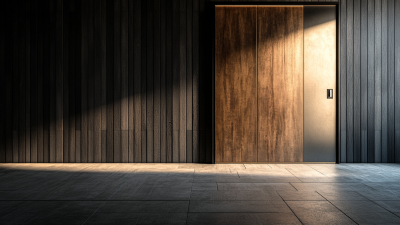
Exploring the Versatility and Benefits of Custom Sliding Doors for Global Buyers

